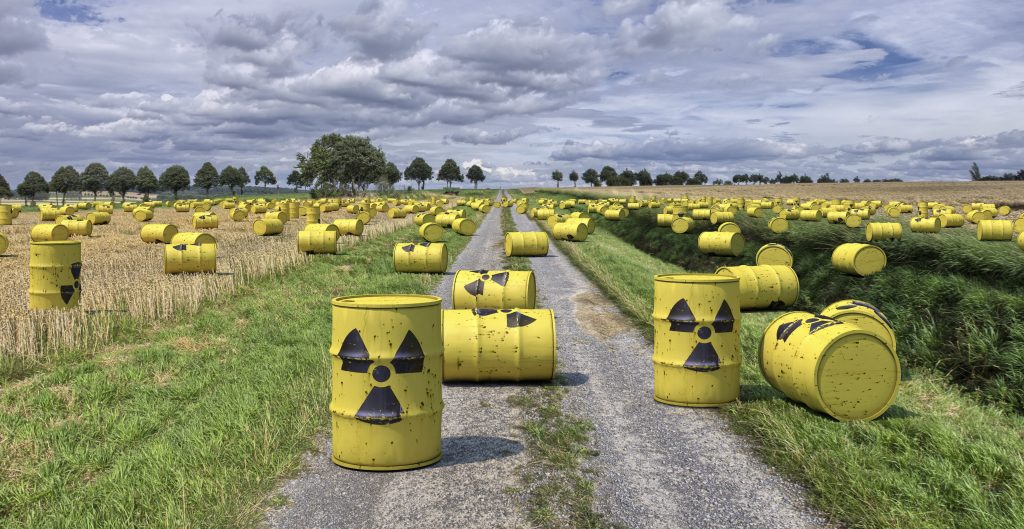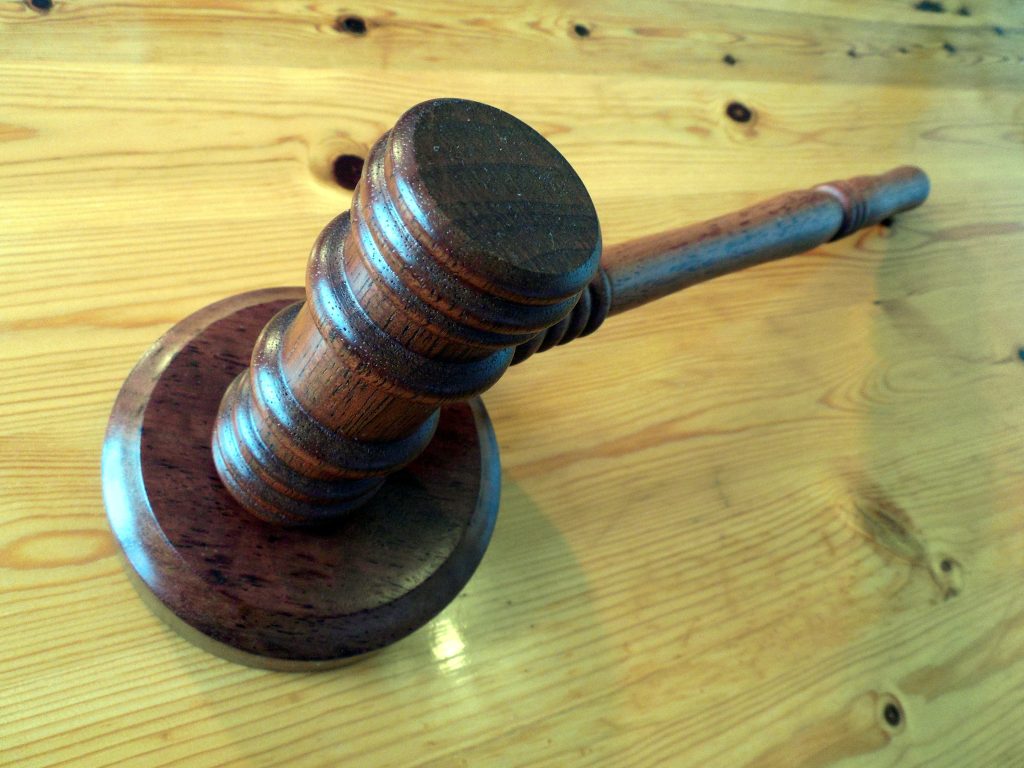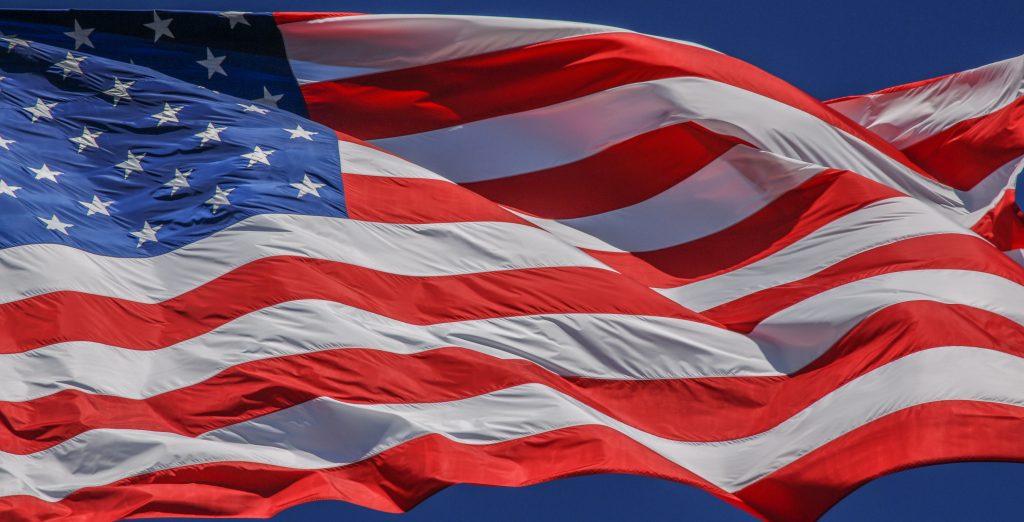 In the realm of legal malpractice, the timing of filing a lawsuit is critical. A recent Louisiana Court of Appeal decision, Wells v. Henry T. Dart, Attorneys at Law, APC, underscored this point, highlighting the one-year peremptive period for bringing such claims in the state. Let’s dissect this case and understand the implications for those considering legal action against their attorneys.
In the realm of legal malpractice, the timing of filing a lawsuit is critical. A recent Louisiana Court of Appeal decision, Wells v. Henry T. Dart, Attorneys at Law, APC, underscored this point, highlighting the one-year peremptive period for bringing such claims in the state. Let’s dissect this case and understand the implications for those considering legal action against their attorneys.
Glenda Wells hired Henry T. Dart, Attorneys at Law, APC, to represent her in a personal injury and property contamination lawsuit against several oil companies. Over time, Ms. Wells became dissatisfied with their representation and lodged a complaint with the Louisiana Attorney Disciplinary Board in October 2013, stating she believed the firm’s actions constituted “major negligence.”
Despite this, Ms. Wells continued her relationship with the firm until they withdrew from her case in 2015. Subsequently, her case was dismissed, and she filed a legal malpractice lawsuit against the firm in March 2017. The firm argued her claim was barred by the one-year peremptive period outlined in Louisiana Revised Statutes 9:5605.
 Louisiana Personal Injury Lawyer Blog
Louisiana Personal Injury Lawyer Blog


 While headlines often tout substantial monetary awards for injured workers, the intricacies of such compensation might remain shrouded in mystery. Behind every high-stakes verdict lies a meticulous process of presenting compelling evidence to substantiate the array of damages claimed. In a recent case involving workers at a Firestone Polymers plant, the multifaceted nature of damages is unveiled, shedding light on the need for robust legal representation to navigate the diverse categories of compensation.
While headlines often tout substantial monetary awards for injured workers, the intricacies of such compensation might remain shrouded in mystery. Behind every high-stakes verdict lies a meticulous process of presenting compelling evidence to substantiate the array of damages claimed. In a recent case involving workers at a Firestone Polymers plant, the multifaceted nature of damages is unveiled, shedding light on the need for robust legal representation to navigate the diverse categories of compensation. Exposure to naturally occurring radioactive materials generally increases due to human activity. Proving harm from these activities may be difficult, however. The following Jefferson Parish case demonstrates the need for substantiating your injury claim with evidence. It further shows the weight a court may place on expert witnesses.
Exposure to naturally occurring radioactive materials generally increases due to human activity. Proving harm from these activities may be difficult, however. The following Jefferson Parish case demonstrates the need for substantiating your injury claim with evidence. It further shows the weight a court may place on expert witnesses.  When another or a company’s actions harm a person, he is entitled to financial relief under Louisiana law. The law also requires proof of damages to prove entitlement to monetary compensation. Damages are proven by submitting facts to a trial court. Sometimes the parties agree upon the facts, and sometimes they are disputed.
When another or a company’s actions harm a person, he is entitled to financial relief under Louisiana law. The law also requires proof of damages to prove entitlement to monetary compensation. Damages are proven by submitting facts to a trial court. Sometimes the parties agree upon the facts, and sometimes they are disputed.  When a chemical leaks from a local business and spreads to a residential area, it is easy to assume that the company has exposed itself to liability for every person exposed to the leak. But what does someone have to prove to be compensated for their exposure? A case out of Avondale explores this question after twenty people were claimed to have been exposed to
When a chemical leaks from a local business and spreads to a residential area, it is easy to assume that the company has exposed itself to liability for every person exposed to the leak. But what does someone have to prove to be compensated for their exposure? A case out of Avondale explores this question after twenty people were claimed to have been exposed to  Most consumers in the U.S. are aware of increasingly high medical costs. For most people, those high costs are not directly paid; instead, they appear on a bill along with what one’s insurance company will pay as part of an agreement with the medical provider. Many insured consumers will look for “in-plan” medical providers to ensure that most costs are covered. Those “in-plan” providers are part of a preferred provider organization (PPO), which is a subscription-based medical arrangement that allows a substantial discount on rates to be charged.
Most consumers in the U.S. are aware of increasingly high medical costs. For most people, those high costs are not directly paid; instead, they appear on a bill along with what one’s insurance company will pay as part of an agreement with the medical provider. Many insured consumers will look for “in-plan” medical providers to ensure that most costs are covered. Those “in-plan” providers are part of a preferred provider organization (PPO), which is a subscription-based medical arrangement that allows a substantial discount on rates to be charged.  SHEILA GUIDRY, ET AL., individually and on behalf of all others similarly situated VERSUS DOW CHEMICAL COMPANY, ET AL., Eastern District Court of Louisiana, CIVIL ACTION NO. 19-12233 Class Members Please Take Notice of the Following Important Announcement:
SHEILA GUIDRY, ET AL., individually and on behalf of all others similarly situated VERSUS DOW CHEMICAL COMPANY, ET AL., Eastern District Court of Louisiana, CIVIL ACTION NO. 19-12233 Class Members Please Take Notice of the Following Important Announcement: When a healthcare provider is dealing with workers’ compensation cases, the outcome can be a bureaucratic nightmare. When insurance companies also get involved, legal disputes are bound to arise. Courts have to navigate these cases, even when they seemingly end in a mutual settlement agreement by all parties.
When a healthcare provider is dealing with workers’ compensation cases, the outcome can be a bureaucratic nightmare. When insurance companies also get involved, legal disputes are bound to arise. Courts have to navigate these cases, even when they seemingly end in a mutual settlement agreement by all parties.  The
The